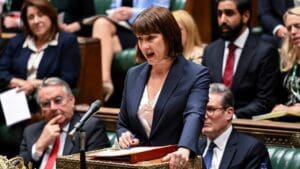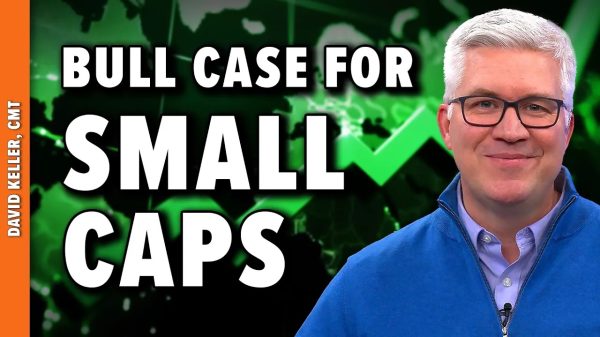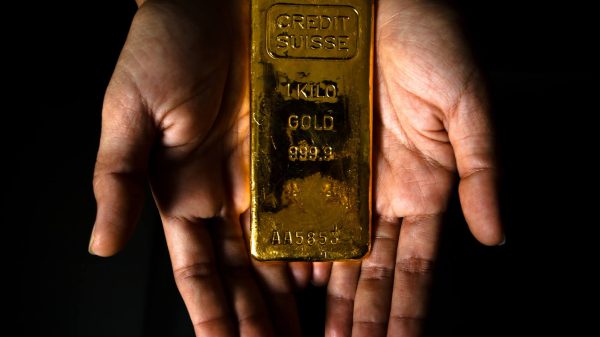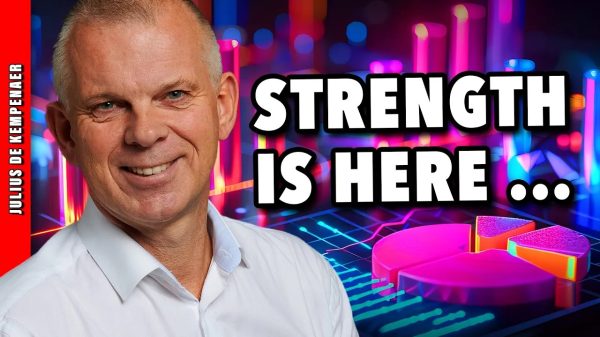In the realm of macroeconomics, a legion of PhD economists in central banks passionately contends that interest rates are a pivotal policy tool for managing the economy. Simultaneously, these economists firmly uphold that the Consumer Price Index (CPI) is an accurate gauge for measuring inflation—a widespread acceptance of this CPI as a valuable metric.
The current theoretical state of macroeconomics should be classified as negative knowledge, akin to asserting that the earth is flat. One should have a better understanding of macroeconomics before delving into the topic.
John Maynard Keynes is to blame for this massive loss of knowledge in macroeconomics. He singlehandedly set macroeconomic theory back to the Stone Age. According to Keynes, interest rates are determined by the supply and demand for liquidity (his liquidity preference theorem of interest rates).
In other words, interest rates are determined by the supply of money and the desire to hoard money or hold cash (stuffing money in your mattress). Keynes suggested that lower interest rates encourage holding more cash, while higher rates reduce such inclination due to the associated opportunity cost, writing that it is a “reward” for “parting with liquidity.”
In other words, Keynes believed that the amount you held between the activities of saving and holding cash to protect yourself from unexpected events directly determined interest rates. The equilibrium rate was determined by the amount of money available, the money supply, and the amount people held in cash.
In other words, savings and the desire to borrow held no influence on interest rates, although savings were the flip side of holding cash or hoarding. It is quite amazing that any intellectual would take this seriously. Yet, Keynes’s perspective has been a dominant force shaping macroeconomics thought for nearly a century.
One difficulty in reading Keynes’s The General Theory of Employment, Interest, and Money is that he uses the word “savings” to define two separate activities, the activity of transferring claims and the activity of holding claims. Keynes constantly uses the same word and toggles between the two meanings. It is only by clearly defining the terms that we understand that Keynes’s contribution was really to emphasize hoarding—holding cash—as a critical activity. The classical economists considered hoarding and realized that it was, in reality, unimportant!
The equilibrium interest rates are then obtained where the supply of money is equal to the demand for money. From this, we get the Keynesian version of the quantity theory of money—the Cambridge equation. In this, the money supply is equal to the fraction of the nominal income that you hoard or hold in cash—in equation form,
M = kPY, where k is the fraction or the proportion and PY is the nominal income made up of P prices and Y real income. (The variable k is often written as 1/V, where V is velocity—hence the illusion that the Cambridge equation is just another version of the quantity theory of money.)
Now, economists use the CPI as a measure of P, the prices of what makes up real income, or real goods and services. This is where we get the notion that inflation can be proxied by the CPI.
However, the original quantity theory of money had a totally different view of inflation. This equation is obtained from the flip sides of any transaction. If I spend a dollar, I must have bought a dollar worth of something—the exchange of money for anything money can buy. If I use a dollar to buy something, I have M($1) x 1(V) = $1(P) x 1(Q), ultimately resulting in MV = PQ, where V is velocity, Q is anything money can be spent on, and P is the price of anything that money can be spent on.
It is NOT the same P as in the Keynesian Cambridge equation and reflects actual inflation, the general rise in prices on things that money can be used to purchase. In other words, the price of homes, stocks, and gold. We currently have a view that if housing, stocks, or gold prices rise, that is a good thing, but if the price of a banana rises, that is a bad thing.
The reality is that your dollar can buy less of a house, stock, or gold, just like it can buy less of a banana; that is the correct, appropriate measure of inflation, and the CPI is a biased, grossly underrepresentative metric of the real inflation that the average person bears. Many people today have been priced out of being able to afford a home, but according to politicians, that is not inflation. Obviously, the central bank can’t see the forest for the trees when it sets a 2 percent CPI target.
The same nonsense is true about interest rates and how little professional economists understand these crucial variables. Interest rates are not determined by the demand and supply of liquidity or the desire to stuff money under mattresses. Interest rates are determined by the supply and demand for loanable funds.
These are the most important numbers in an economy. As they fluctuate, they play a critical role in aligning the demand and supply of output over time. By fiddling with these numbers, you get the same result when governments fiddle with prices of goods. A recession or depression is capitalism’s way of realigning demand with supply after interference by government price controls and manipulations. Yet almost no economists understand this crucial reality today.
We need a revolution in economic theory. We need to throw out all this Keynesian nonsense and return sound judgment to the profession.
A start in the right direction would be to end central banking and return to sound money. This would give us a world where deflation would be the norm and interest rates would properly align output with demand over time, ending the endless boom-and-bust cycles that we continue to experience.
Yet it is hard to be optimistic. Keynes gave governments a justification for interference. When do governments give up such power voluntarily?























